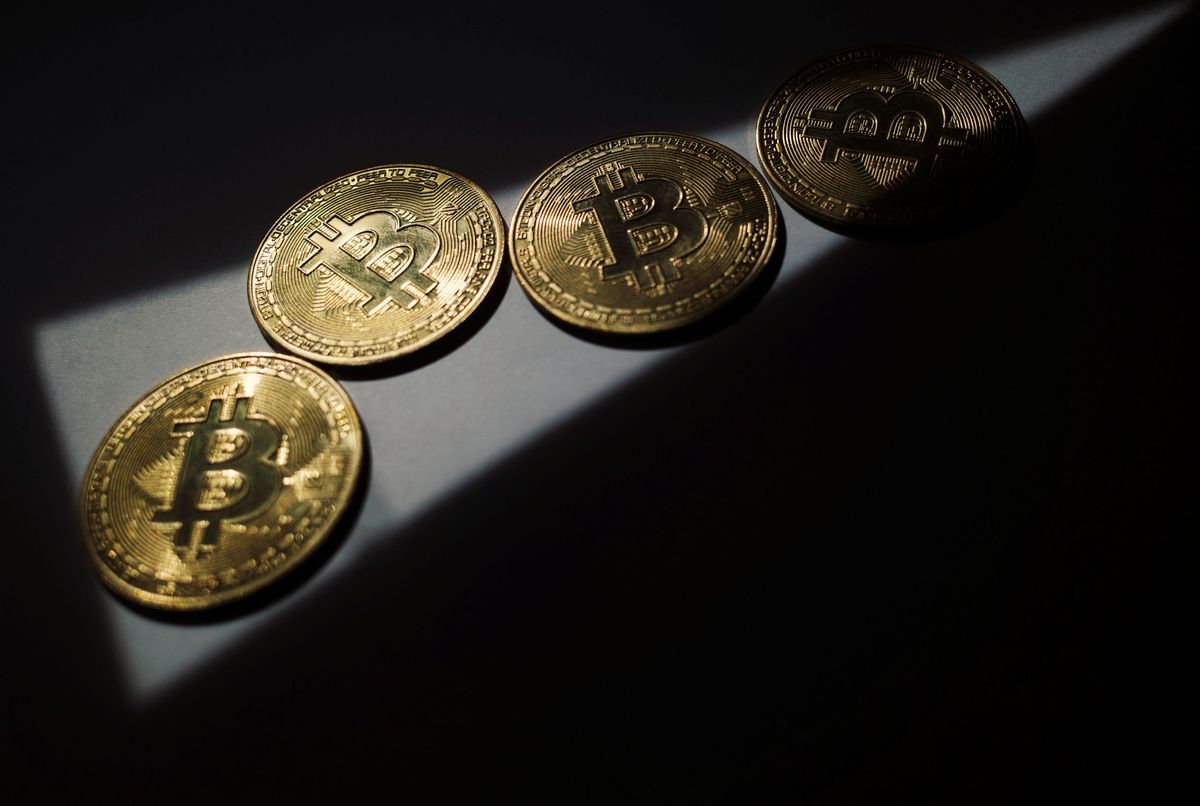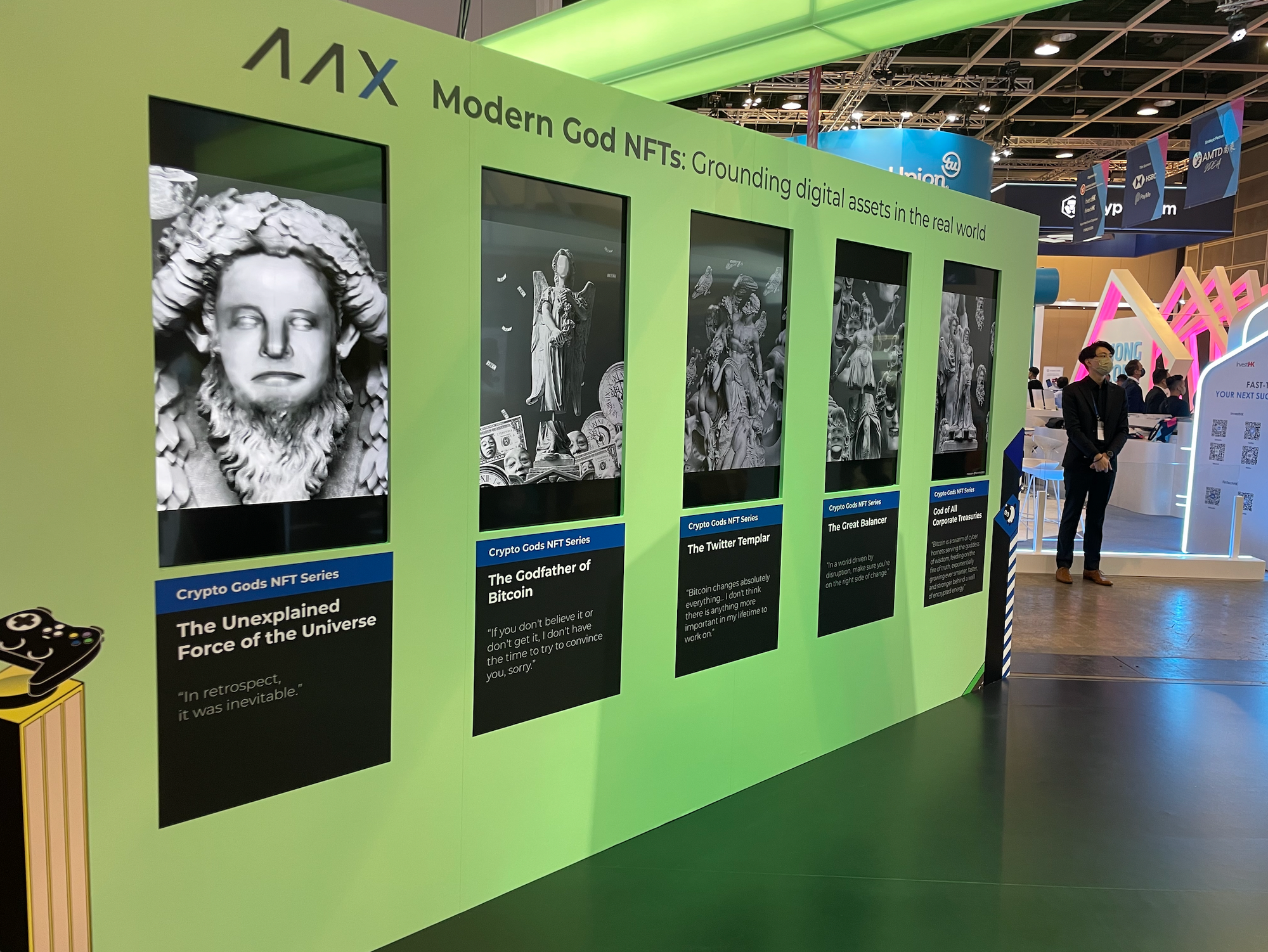“Bitcoin is moving away from the whole hype narrative,” says crypto expert

A few minutes every morning is all you need.
Stay up to date on the world's Headlines and Human Stories. It's fun, it's factual, it's fluff-free.
What exactly are NFTs, again?
According to Ben Caselin, the head of research and strategy at AAX crypto exchange, to understand Non Fungible Tokens (NFTs), it’s important to understand why things on the blockchain first came about.
“How can we have an asset or a form of money that can live on the internet, not as a representation of something in the real world, but as something that actually only exists online and cannot be copied?”
This, said Caselin, is the question that Bitcoin answered.
“There are 21 million Bitcoin, yes they are divisible, [and] what this brings the world is a fixed money supply.” NFTs, he said, are very similar. But “when it comes to NFTs, we’re not talking about a big supply. It’s about one, right? It’s one NFT.”
NFTs are basically crypto assets that, unlike currencies, are each entirely unique. NFTs can take the form of all sorts of different things, from pieces of art to skins or weapons in video games, but the important thing is that they’re each individual, entirely unique and not part of a bigger set of things that are all equal in value like Bitcoin is.

How are NFTs and cryptocurrencies related?
To understand this, it’s again best to start with cryptocurrencies, and according to Caselin, what cryptocurrencies give us are “financial tools to trade, to invest, to generate yield.
But as a form of money, it’s more than just money,” he explained. “It’s also an ecosystem because it’s underpinned by a technology that allows for a lot of programmability and other digital features.”
The technology driving cryptocurrencies also puts limits on the programmability, said Caselin, making it impossible to, for example, copy these digital assets at a massive level.
“Now we have this digital money, and NFTs have to be categorized in this new ecosystem, not as a form of money, just like a Picasso was never money,” said Caselin. “But definitely it’s something that can interact with this form of money. And so if I own a lot of Ethereum and I go to a marketplace, the value of these NFTs are priced in Ethereum.”
Caselin compared it to currencies in video games, in which players can use in-game currencies to buy digital items that are only usable in the game.
Could Ethereum become the main currency?
Caselin said that Ethereum will still be a currency people use in the future, but the main one, especially for more sensitive purchases, will be Bitcoin. “I think Bitcoin is moving away from the whole hype narrative,” he said, pointing to other cryptocurrencies like Dogecoin that have taken over that role.
“Bitcoin is extremely secure,” said Caselin. “It offers the most secure network in the world and nobody owns it. Nobody can shut it off. Nobody can manipulate the system itself.” Talking about why we might want NFTs to be on the most secure platforms available, Caselin said, “If it’s not about art, it can be about birth certificates, it can be about land titles. You want the most valuable things to be on the most secure platform … and Bitcoin allows for that.”
What’s next?
It’s impossible to say what’s next for NFTs, but Caselin said the core of it all relates to uniqueness.
“NFTs are useful because they can take unique assets,” said Caselin, emphasizing the importance of uniqueness for the future of NFTs. “[Uniqueness] is a crucial element in the universe. In fact, everything ought to be unique. No snowflake is the same, no fingerprint is the same, no star’s the same, no sand, no atom is even exactly the same. This is a feature of the universe. And if we can introduce that feature into a digital world, then probably we’re going to be able to experience it in a more profound manner.”




Comments ()